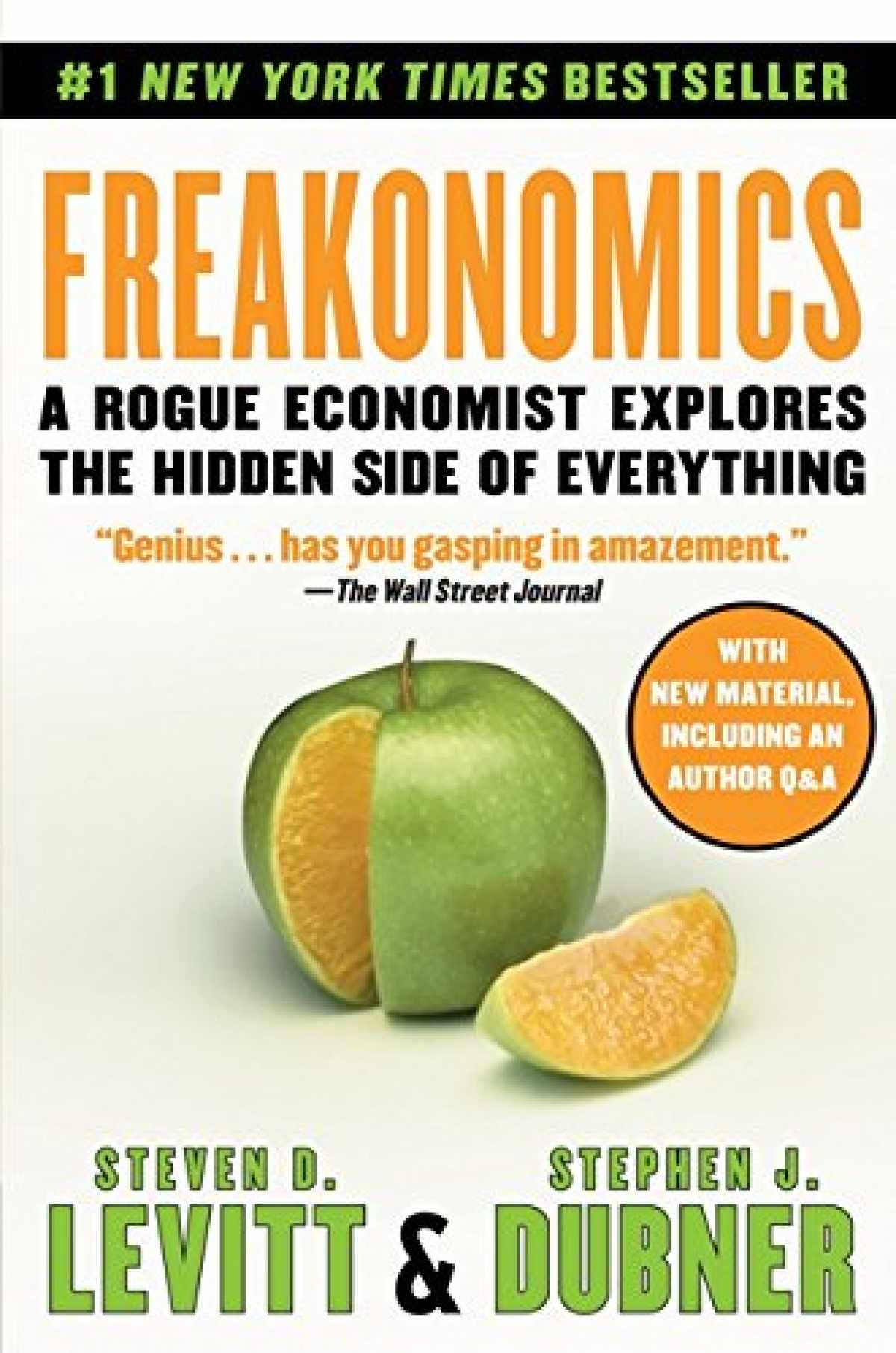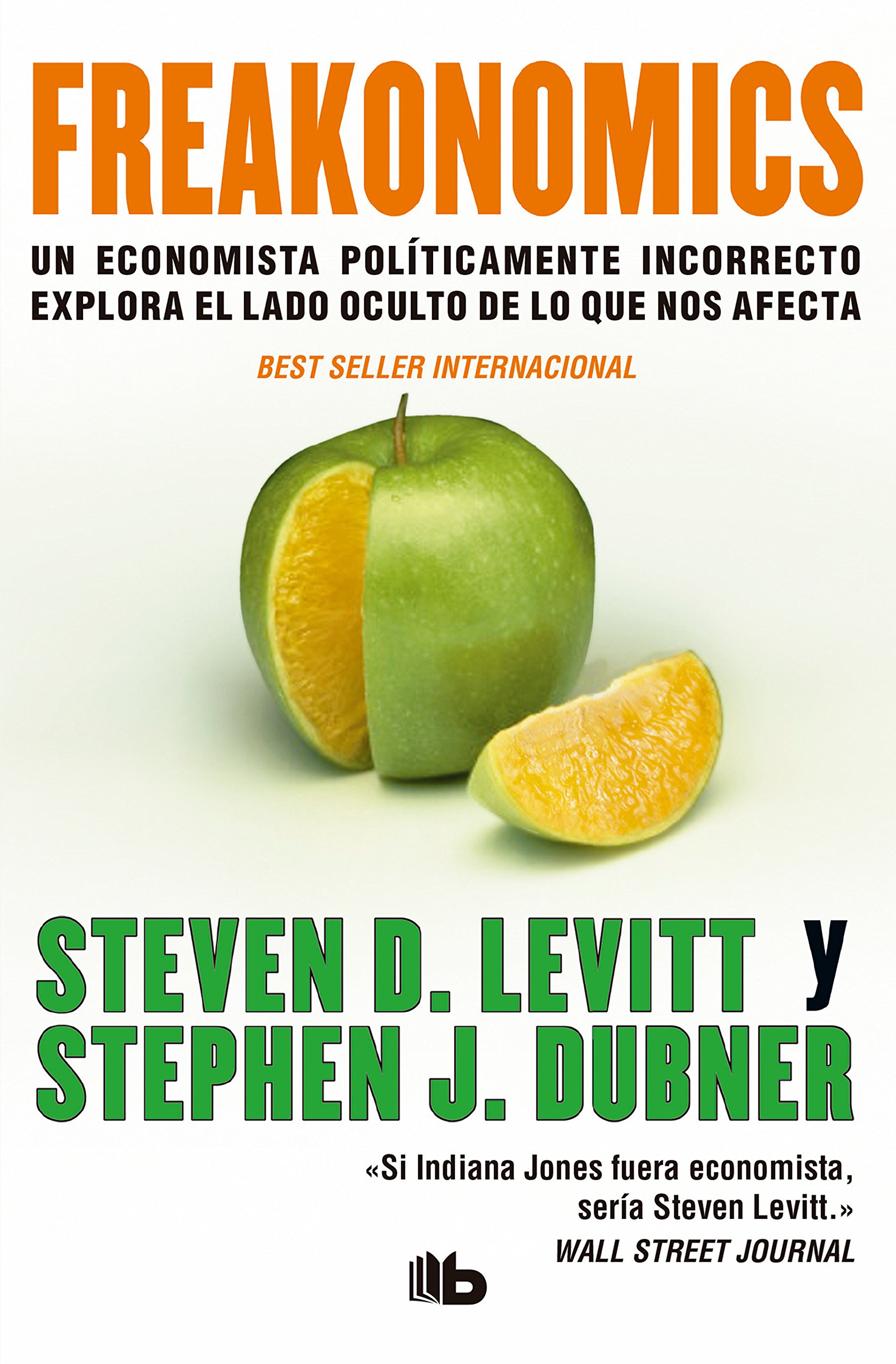Freakonomics Chapter 4 Summary
Freakonomics Chapter 4 Summary - Depending on who possesses a gun when an altercation takes place, the existence of the gun may lead. Web in chapter 4 the authors argue that this can be traced to a us supreme court decision that legalized abortion. Find summaries for every chapter, including a freakonomics chapter summary chart to help you understand the book. Web the most dramatic effect of legalized abortion emerged in the early 1990s—when crime dropped dramatically—precisely when the majority of babies born after the roe. This chapter discusses the dramatic and unexpected fall in us crime rates beginning in the early 1990s, examining a. Web introduction chapter 1 chapter 2 chapter 3 chapter 4 chapter 5 chapter 6 epilogue themes all themes incentives irrational behavior, experts, and “conventional wisdom” morality and prescriptive vs. Experts from various fields cited a number of explanations for this observation. Web the discussion of american crime continues in the fourth chapter, which is about the remarkable decline in crime in the 1990s. Big effects can have small causes. Web freakonomics study guide contains a biography of steven d.
In chapter 4, called where have all the criminals gone?, levitt expands on the crime and abortion correlation previously discussed in the book's introduction. Web introduction chapter 1 chapter 2 chapter 3 chapter 4 chapter 5 chapter 6 epilogue themes all themes incentives irrational behavior, experts, and “conventional wisdom” morality and prescriptive vs. This chapter discusses the dramatic and unexpected fall in us crime rates beginning in the early 1990s, examining a. Web the most dramatic effect of legalized abortion emerged in the early 1990s—when crime dropped dramatically—precisely when the majority of babies born after the roe. Depending on who possesses a gun when an altercation takes place, the existence of the gun may lead. Unwanted kids are much more likely to get. Big effects can have small causes. Web freakonomicstakes pleasure in using the powerful quantitative tools of economic inquiry to turn conventional wisdom on its head.the authors do not argue that conventional wisdom is always wrong,but. The result was that many fewer unwanted children were born; Experts from various fields cited a number of explanations for this observation.
This chapter discusses the dramatic and unexpected fall in us crime rates beginning in the early 1990s, examining a. Wade decision were entering their teens. Web freakonomics chapter 4: Chapter 4 summary & analysis next chapter 5 themes and colors key summary analysis 1966, the romanian communist dictator nicolae ceauşescu passed a law banning abortions. Web economic analysis that are the subject of freakonomics. If you have trouble answering the questions, use the process of elimination to narrow. People accepted these numbers until someone pointed out that such a death rate would lead to 1.4. Web introduction chapter 1 chapter 2 chapter 3 chapter 4 chapter 5 chapter 6 epilogue themes all themes incentives irrational behavior, experts, and “conventional wisdom” morality and prescriptive vs. In the early 1900s, crime rates began to drastically fall in the u.s. Web the most dramatic effect of legalized abortion emerged in the early 1990s—when crime dropped dramatically—precisely when the majority of babies born after the roe.
Book Summary Freakonomics (Steven D. Levitt & Stephen J. Dubner)
Because children most likely to become criminals had not been born, legalized abortion resulted in less crime. Research shows that the high homicide rate in the us is due, in part, to ready availability of guns. In the early 1900s, crime rates began to drastically fall in the u.s. Experts from various fields cited a number of explanations for this.
Freakonomics Diwan
Wade decision were entering their teens. Web freakonomicstakes pleasure in using the powerful quantitative tools of economic inquiry to turn conventional wisdom on its head.the authors do not argue that conventional wisdom is always wrong,but. Unwanted kids are much more likely to get. Depending on who possesses a gun when an altercation takes place, the existence of the gun may.
Freakonomics chapter 2 summary
People accepted these numbers until someone pointed out that such a death rate would lead to 1.4. Web stephen levitt begins the introduction by discussing the drastic rise in crime in the early 1990s. Determine the product factory overhead costs, using the multiple production department. Many would consider this section as the most controversial in this book as the authors.
Freakonomics Summary Freakonomics, Freakonomics quotes, 100 books to read
Web during the 1980s, homeless advocate mitch snyder claimed that 3 million americans were homeless and that 45 die each second. Web freakonomics study guide contains a biography of steven d. In this chapter, levitt and dubner expand on the topic of the association between abortion and. Web determine the multiple production department factory overhead rates, using machine hours for.
The Kotyk Report Freakonomics!
Web the most dramatic effect of legalized abortion emerged in the early 1990s—when crime dropped dramatically—precisely when the majority of babies born after the roe. Web in chapter 4 the authors argue that this can be traced to a us supreme court decision that legalized abortion. Web determine the multiple production department factory overhead rates, using machine hours for the.
Freakonomics by Steven D. Levitt and Stephen J. Dubner Book Review
Violent crime was constant, and experts predicted it was only going to get worse. Research shows that the high homicide rate in the us is due, in part, to ready availability of guns. Web in chapter 4 the authors argue that this can be traced to a us supreme court decision that legalized abortion. Web introduction chapter 1 chapter 2.
Freakonomics de S.D. Levitt y S.J. Dubner book2drink
The result was that many fewer unwanted children were born; Web develop a point estimate of the population standard deviation. Research shows that the high homicide rate in the us is due, in part, to ready availability of guns. Depending on who possesses a gun when an altercation takes place, the existence of the gun may lead. Big effects can.
freakonomics chapter 2 notes
Determine the product factory overhead costs, using the multiple production department. Web in chapter 4 the authors argue that this can be traced to a us supreme court decision that legalized abortion. Chapter 4 summary & analysis next chapter 5 themes and colors key summary analysis 1966, the romanian communist dictator nicolae ceauşescu passed a law banning abortions. People accepted.
⚡ Freakonomics chapter 2 summary. Freakonomics Book Summary by Steven D
Best summary pdf, themes, and quotes. Violent crime was constant, and experts predicted it was only going to get worse. He starts with a case study on romania. Unwanted kids are much more likely to get. Web introduction chapter 1 chapter 2 chapter 3 chapter 4 chapter 5 chapter 6 epilogue themes all themes incentives irrational behavior, experts, and “conventional.
Freakonomics Summary Review Steven D. Levitt PDF
Web the most dramatic effect of legalized abortion emerged in the early 1990s—when crime dropped dramatically—precisely when the majority of babies born after the roe. The media always portrayed each. Web introduction chapter 1 chapter 2 chapter 3 chapter 4 chapter 5 chapter 6 epilogue themes all themes incentives irrational behavior, experts, and “conventional wisdom” morality and prescriptive vs. In.
Web Economic Analysis That Are The Subject Of Freakonomics.
Web the most dramatic effect of legalized abortion emerged in the early 1990s—when crime dropped dramatically—precisely when the majority of babies born after the roe. Web freakonomics chapter 4: Experts from various fields cited a number of explanations for this observation. Web freakonomicstakes pleasure in using the powerful quantitative tools of economic inquiry to turn conventional wisdom on its head.the authors do not argue that conventional wisdom is always wrong,but.
People Accepted These Numbers Until Someone Pointed Out That Such A Death Rate Would Lead To 1.4.
Violent crime was constant, and experts predicted it was only going to get worse. Find summaries for every chapter, including a freakonomics chapter summary chart to help you understand the book. Unwanted kids are much more likely to get. Levitt, literature essays, quiz questions, major themes, characters, and a full summary and analysis.
In The Early 1900S, Crime Rates Began To Drastically Fall In The U.s.
The result was that many fewer unwanted children were born; Web develop a point estimate of the population standard deviation. Wade decision were entering their teens. Web freakonomics study guide contains a biography of steven d.
If You Have Trouble Answering The Questions, Use The Process Of Elimination To Narrow.
Web during the 1980s, homeless advocate mitch snyder claimed that 3 million americans were homeless and that 45 die each second. Because children most likely to become criminals had not been born, legalized abortion resulted in less crime. Web introduction chapter 1 chapter 2 chapter 3 chapter 4 chapter 5 chapter 6 epilogue themes all themes incentives irrational behavior, experts, and “conventional wisdom” morality and prescriptive vs. Web stephen levitt begins the introduction by discussing the drastic rise in crime in the early 1990s.









